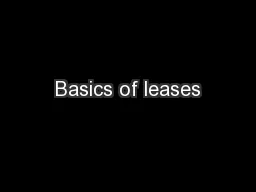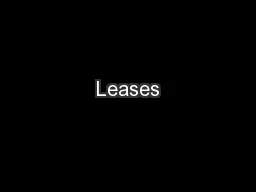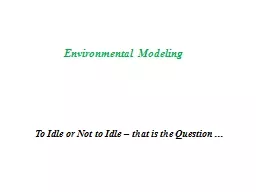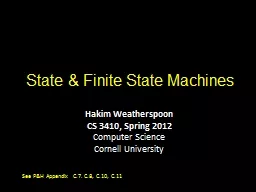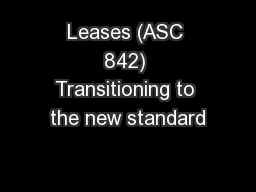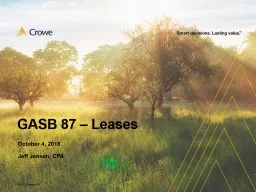PDF-Idle leases or addled minds Political grandstanding w
Author : marina-yarberry | Published Date : 2015-04-23
They know voters are hurting from high gas prices and overwhelmingly want the government to allow more American oil production But they cant side w ith the American
Presentation Embed Code
Download Presentation
Download Presentation The PPT/PDF document "Idle leases or addled minds Political g..." is the property of its rightful owner. Permission is granted to download and print the materials on this website for personal, non-commercial use only, and to display it on your personal computer provided you do not modify the materials and that you retain all copyright notices contained in the materials. By downloading content from our website, you accept the terms of this agreement.
Idle leases or addled minds Political grandstanding w: Transcript
Download Rules Of Document
"Idle leases or addled minds Political grandstanding w"The content belongs to its owner. You may download and print it for personal use, without modification, and keep all copyright notices. By downloading, you agree to these terms.
Related Documents


